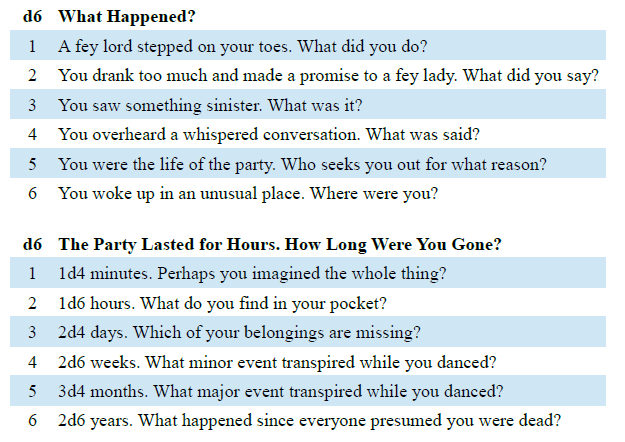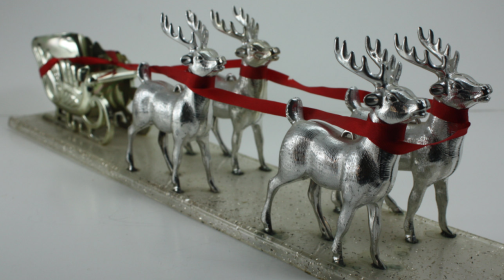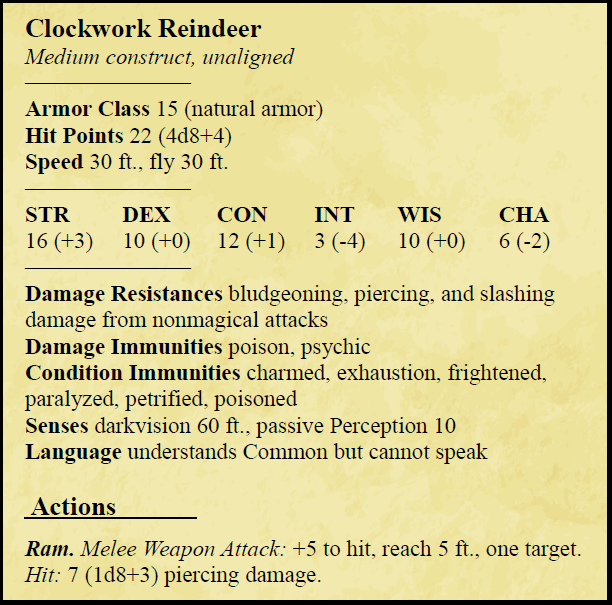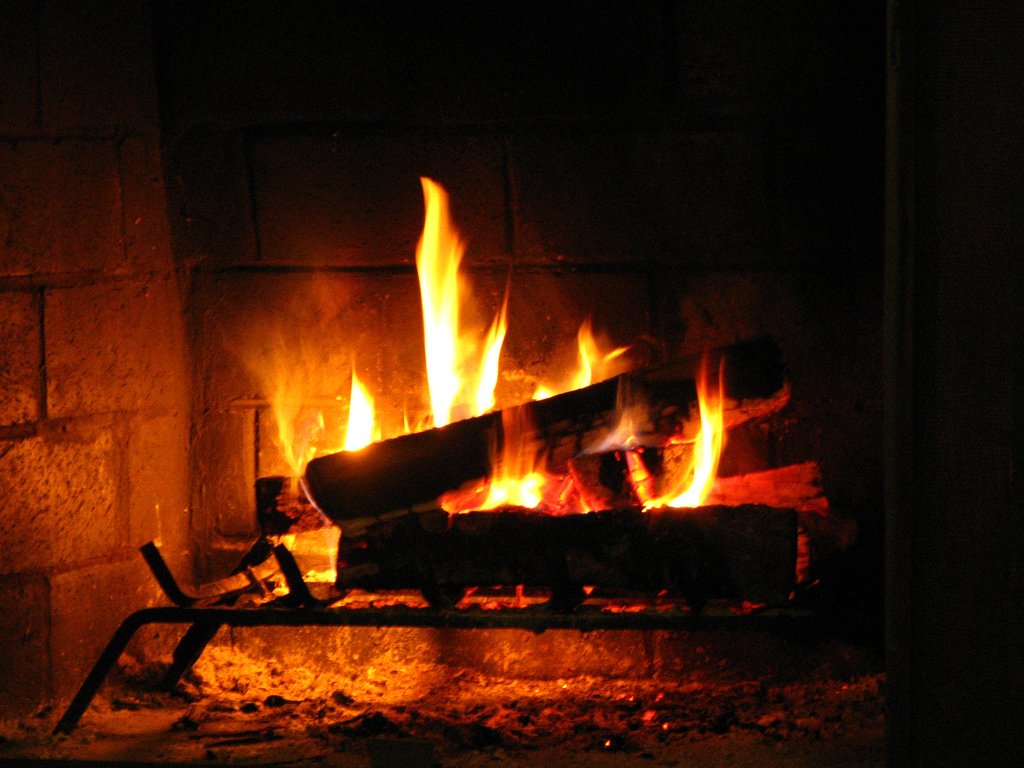Days 17 & 18: Dance & Mistletoe

Come now, a roundel and a fairy song. / Then for the third part of a minute, hence— / Some to kill cankers in the musk-rose buds, / Some war with reremice for their leathern wings / To make my small elves coats, and some keep back / The clamorous owl that nightly hoots and wonders / At our quaint spirits. Sing me now asleep. / Then to your offices and let me rest. — Act II, Scene 2, A Midsummer Night’s Dream
You find yourself in the land of faerie attending a dance in the court of the Faerie Queen. What happened during the dance, and how long were you there?

Of course, take some time to roleplay the dance, the specific event that happens during the dance, and the effects of the difference in time between the land of faerie and the mortal world, especially if time passes differently for each character that attends the party.

The mistletoe, however, is but rarely found upon the robur; and when found, is gathered with rites replete with religious awe. This is done more particularly on the fifth day of the moon, the day which is the beginning of their months and years, as also of their ages, which, with them, are but thirty years. This day they select because the moon, though not yet in the middle of her course, has already considerable power and influence; and they call her by a name which signifies, in their language, the all-healing. Having made all due preparation for the sacrifice and a banquet beneath the trees, they bring thither two white bulls, the horns of which are bound then for the first time. Clad in a white robe the priest ascends the tree, and cuts the mistletoe with a golden sickle, which is received by others in a white cloak. They then immolate the victims, offering up their prayers that God will render this gift of his propitious to those to whom he has so granted it. It is the belief with them that the mistletoe, taken in drink, will impart fecundity to all animals that are barren, and that it is an antidote for all poisons. Such are the religious feelings which we find entertained towards trifling objects among nearly all nations. — Pliny the Elder, The Natural History, Book XVI, Chapter 95
1E Info
Once a year, a druid of at least 9th level can ritually harvest 2-8 uses of consecrated mistletoe. When used as a material component for a druid spell, the druid gains the full and best effects from the spell. For example, a cure wounds spell heals the maximum number of hit points, spell effects are of the broadest area possible, saving throws against the spell are made with a -1 penalty, et cetera.
5E Info
Once a year, the druids of the Circle of the Moon harvest mistletoe in a special ritual that starts at sundown and culminates in the sacrifice of two white bulls. This consecrated mistletoe has powerful effects when used as a material component for a druid spell.At the end of the ritual, make an Intelligence (Religion) check. For every 4 points in your total, you harvest one point of Metamagic, with each point representing a certain amount of consecrated mistletoe. You can use the consecrated mistletoe to cast spells, expending points of Metamagic to affect a spell in a manner similar to the way a sorcerer can twist his or her spells (see pages 101-102, PH).







